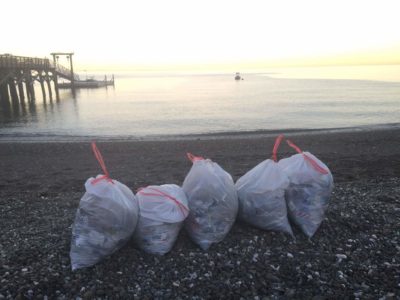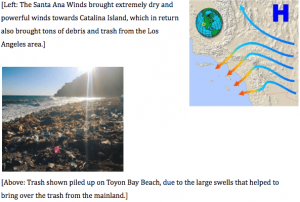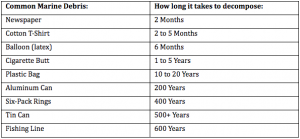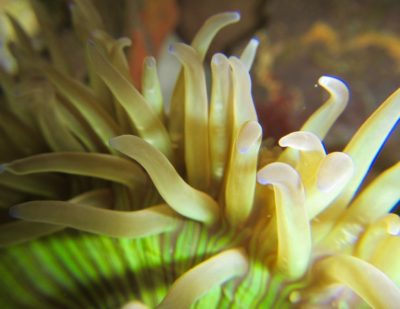
Plastic milk jugs. Soda Cans. Balloons. Cigarette butts. What do these items all have in common with each other? They are sadly some of the mostly found marine debris items to be seen washed up on beaches or floating in the ocean. Even more frustrating is this is just to name a few! It’s no joke that our oceans are becoming more and more polluted every single day. Just recently we have had some storms that brought so much trash 26 miles across the San Pedro Channel to our Island. But how did all this trash get here? This happened due to some very strong down-slope winds known as the Santa Ana winds that originate from the inland part of California and end up affecting coastal southern California. These winds caused huge swells across our channel bringing in loads and loads of trash from the Los Angeles River.

Our beach isn’t the only beach that experiences marine debris. Worldwide thousands of beaches and parts of our oceans suffer from pollution and trash. Luckily many people work and volunteer to help keep our ocean clean and free from debris. But what happens to many items that don’t get saved from our oceans and beaches? Not only does our marine life become affected by this trash, but it can also take hundreds of years for it to decompose! Check out some of these statistics below.

It’s crazy to see from the chart above how long certain items can take to decompose. With all that being said, just keep in mind this friendly little reminder to help pick up trash on the ground whenever you see it, and maybe little by little we can all continue working together to make this world including our oceans a better place.
For more: https://marinedebris.noaa.gov/discover-issue
Written By: Brooke Fox


